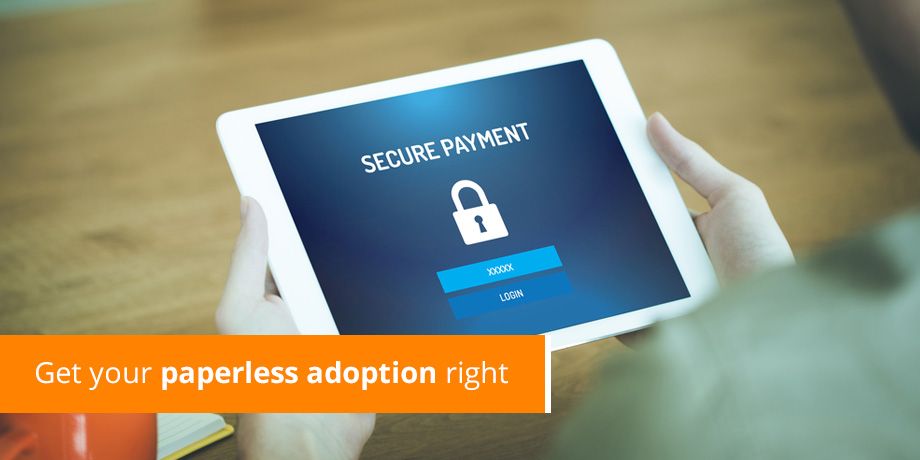
Email billing is incredibly successful if you get the principals of adoption correct. But if you don’t, even a good technical solution can go wrong from an adoption perspective.
Critical adoption principles to think about:
1. Registration barriers – Eliminating the registration barrier is the most critical element in the success of email billing. An ‘opt-in’ process that requires registration (choosing and remembering yet another username and password) at a self-serve portal places a barrier in front of the customers. The goal should be to make the paperless consent a one click process, with no website to visit.
2. Marketing – Push delivery of bills via email offers amazing marketing opportunities, both in the body of the email as well as within the attachment. Its specific advantage is enabling the biller to draw from a host of offers and apply them to the message based on an intelligent rule set. This results in the recipient only receiving relevant, targeted and very personalized promotions.
3. Personalization – Multiple personalization points within the body of the email and subject line, allows the consumer to intuitively trust the message, as well as create a great customer experience.
4. Online to access – One of the key advantages to email billing, when done correctly, is that you do not need to be connected to the internet to access your documents. Any solution that requires an active Internet connection in order to open the email bill will deter a portion of the wider email audience.
5. Cost to promote – The beauty of email billing is that you can send each customer their bill as a trial without any marketing spend – just data collection. An eConsent process, properly executed, only requires an accurate email address to gain paperless consent, at almost zero cost.
6. Mobile capable – As a wireless service provider, the email bills should be mobile-ready from the start. With the increase in smartphones around the world people will expect to be able to read their bill on their phone.
7. Not for everyone – If a portal registration is required, the biller will limit their email billing solution to the 30% of consumers that may sign up at their portal. As near to 80% of their customers regularly use email, they have effectively and once again only catered to the innovators and early adopters that make up less than a third of their customer database. The very point of email billing is that it is meant to be for everyone.
In summary: Sometimes it doesn’t matter who develops the technical solution, but that the strategy for the solution has been properly thought through.
Does it mean that this email billing initiative will fail? Maybe not, it simply means that there is a risk that the full potential of email billing may not be achieved.
Improve the customer experience with secure document delivery today














